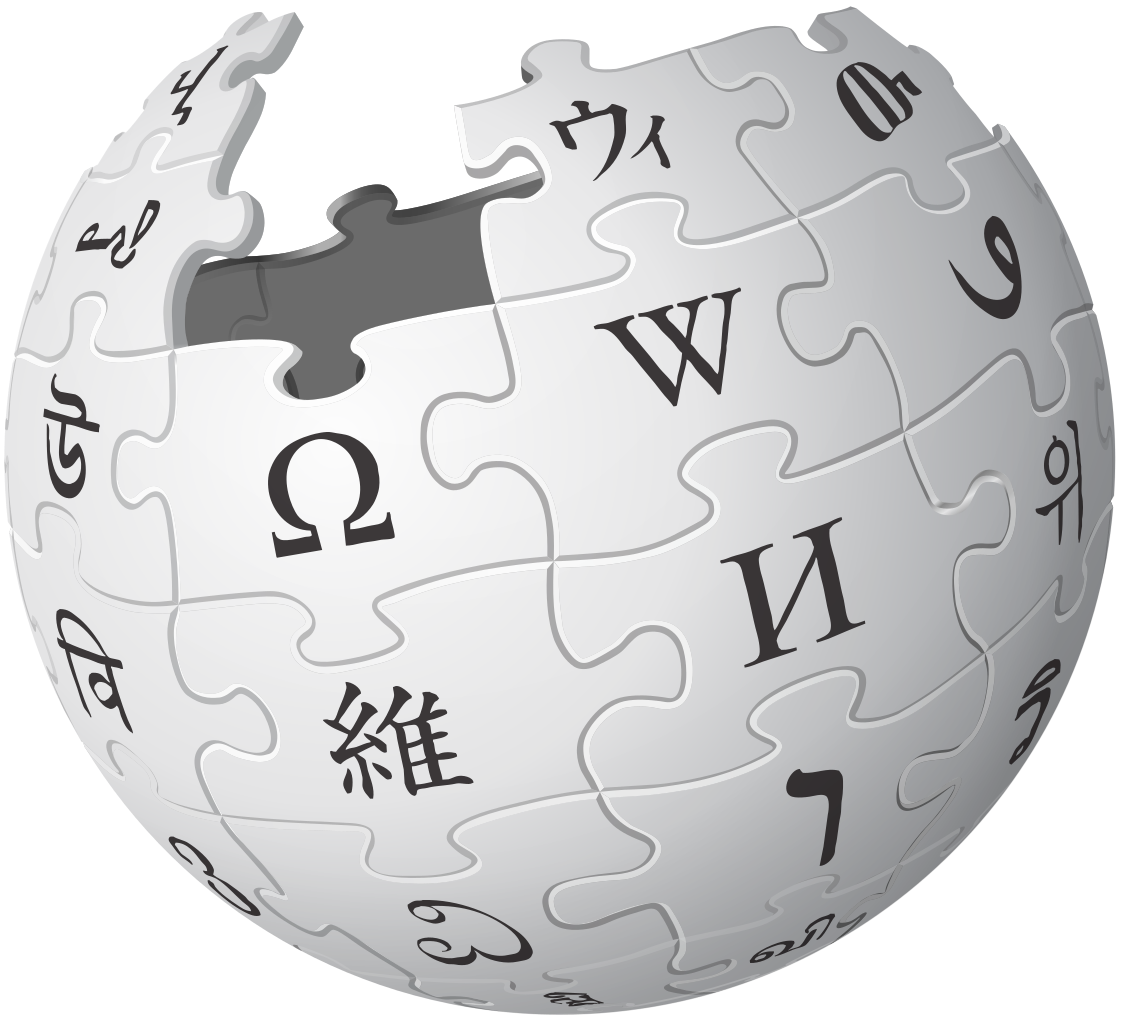

 Wikipedia Sitemap |
|
|  Useful Links 1 Useful Links 2 |
PLEASE NOTE: Abbreviations used on this page denote common usage unrelated to documenting sources. When documenting sources using MLA style, the months with four or fewer letters, e.g. May, June, and July are not abbreviated, the remaining months Jan., Feb., Mar., Apr., Aug., Sept., Oct., Nov. and Dec. are abbreviated. When documenting sources using APA style, no abbreviations are used, all months are spelled out in full.
| 1. January - Jan. | 2. February - Feb. |
| 3. March - Mar. | 4. April - Apr. |
| 5. May - May | 6. June - Jun. or June |
| 7. July - Jul. or July | 8. August - Aug. |
| 9. September - Sep. or Sept. | 10. October - Oct. |
| 11. November - Nov. | 12. December - Dec. |
Poem of Months of the Year
Thirty days hath September,
April, June, and November;
All the rest have thirty-one,
Excepting February alone,
Which hath twenty-eight days clear,
And twenty-nine in each leap year.
See Thirty days hath September from Wikipedia for more information.
Defining Daytime and Evening Times in a Weather Forecast
by Tom Skilling, WGN-TV.com, Chicago, Illinois, USA
Posted: Nov 1, 2018 / 10:37 PM CDT
Updated: Apr 21, 2023 / 07:00 PM CDT
Here are the basic time period breakdowns based on standard time. During daylight saving time, one hour is added.
Today: 6 a.m.-6 p.m.
Tonight: 6 p.m.-6 a.m.
Morning: 6 a.m.-noon
Early morning: 6-9 a.m.
Mid-morning: 8-10 a.m.
Late morning: 9 a.m.-noon
Afternoon: noon-6 p.m.
Early afternoon: noon-3 p.m.
Mid-afternoon: 2-4 p.m.
Late-afternoon: 3-6 p.m.
Evening: 6-9 p.m.
Late evening: 9-midnight
Late at night: Midnight-6 a.m.
Toward morning: 3-6 a.m.
| spring - March, April, May |
| summer - June, July, August |
| autumn or fall - September, October, November |
| winter - December, January, February |
Other related resources:
● Season from National Geographic. Seasons are largely due to factors surrounding Earth's tilted axis as it revolves around the sun. In the Northern Hemisphere, winter generally begins on December 21 or 22. This is the winter solstice, the day of the year with the shortest period of daylight. Summer begins on June 20 or 21, the summer solstice, which has the most daylight of any day in the year. Spring and fall, or autumn, begin on equinoxes, days that have equal amounts of daylight and darkness. The vernal, or spring, equinox falls on March 20 or 21, and the autumnal equinox is on September 22 or 23. The seasons in the Northern Hemisphere are the opposite of those in the Southern Hemisphere.
● What Causes Seasons on Earth? By Aparna Kher, timeanddate.com.
● Daylight Savings Time: Why Do the Clocks Change? From University Canada West, 2023. Daylight Savings Time is a practice of adjusting the clock ahead by one hour during the summer months in order to maximize the use of daylight and conserve energy. Pros: The benefits of Daylight Savings Time include conserving energy by reducing the need for artificial lighting during the summer months, when there are more daylight hours. By setting the clock ahead one hour, people can take advantage of the extra daylight at night and reduce their use of electricity for lighting. Cons: Daylight Savings Time has been associated with several safety risks, particularly related to sleep disruption and changes in circadian rhythms. When the clocks are adjusted forward or backward by one hour, it can disrupt people's sleep patterns and lead to a temporary increase in fatigue, which can increase the risk of accidents and injuries.
| 1. Sunday - Sun. | 2. Monday - Mon. |
| 3. Tuesday - Tu., Tue., or Tues. | 4. Wednesday - Wed. |
| 5. Thursday - Th., Thu., Thur., or Thurs. | 6. Friday - Fri. |
| 7. Saturday - Sat. |
Poem of Days of the Week
Monday's child is fair of face,
Tuesday's child is full of grace,
Wednesday's child is full of woe,
Thursday's child has far to go,
Friday's child is loving and giving,
Saturday's child works hard for a living,
But the child who is born on the Sabbath Day
Is bonny and blithe and good and gay.
See Monday's Child from Wikipedia for more information.
Other related resources:
● Origins and Meanings of the 12 Months from Almanac.
● Why Are There 365 Days in a Year? from Ancient Origins.
● Why Are There Seven Days in a Week? We can thank the Babylonians for our seven-day week. By Kristin Heineman, Colorado State University, Apr 26, 2020.
● Week from Wikipedia.
● Shorthand Day Symbols. Symbols for Days of the Week by D. Glenn Arthur Jr. Last update: 14 Nov 2001.
● Explainer: The Gods Behind the Days of the Week from Ancient Origins.
● Day of the Week. Find out what day of the week did a certain date fall on, by Stephen C. Phillips, University of Southampton, UK.
● Daylight Saving Time from Encyclopaedia Britannica.
● Time zone from Wikipedia.
| second - sec. | minute - min. |
| hour - hr. | week - wk. |
| ante meridiem (before noon) - a.m. or am | post meridiem (after noon) - p.m. or pm |
| midnight - 12:00 a.m. or 12:00 am | noon - 12:00 p.m. or 12:00 pm |
| month - mo. | year - yr. |
| century - cent. | before Christ - BC or B.C. (e.g. 30 BC) |
| anno Domini (in the year of our Lord) after birth of Christ - AD or A.D. (e.g. AD 2022) | |
| before common era - BCE or B.C.E. (same as BC) (e.g. 30 BCE) | common era - CE or C.E. (Christian Era, same as AD) (e.g. 2022 CE) |
See also:
● What is the meaning of BC and AD? And what does BCE and CE mean? By Alex Carmichael, CARM (Christian Apologetics and Research Ministry), Mar 11, 2011.
● 12-hour clock from Wikipedia, the free encyclopedia. "In the United States ... noon is often called 12:00 p.m. and midnight 12:00 a.m., as at the beginning of a day. ... Strictly speaking, 12 A.M. denotes midnight, and 12 P.M. denotes noon, but there is sufficient confusion over these uses to make it advisable to use 12 noon and 12 midnight where clarity is required."
● Origins of the Terms BC and AD by Laurie J. White, The Shorter Word.
● Abbreviations of Time References from English Plus+.
Sources:
● Abbreviations of Time References from English Plus+.
● "Common Abbreviations." The New Lexicon Webster's Encyclopedic Dictionary of the English Language. Canadian ed. New York: Lexicon, 1988, CA1-8.
(Above reference out of print. Closest match currently available: Webster's Encyclopedic Unabridged Dictionary of the English Language, 1996 ed.)
● Gibaldi, Joseph. MLA Handbook for Writers of Research Papers. 8th ed. New York: MLA, 2016.
● MLA Handbook by Modern Language Association of America. Ninth Edition, 2021.